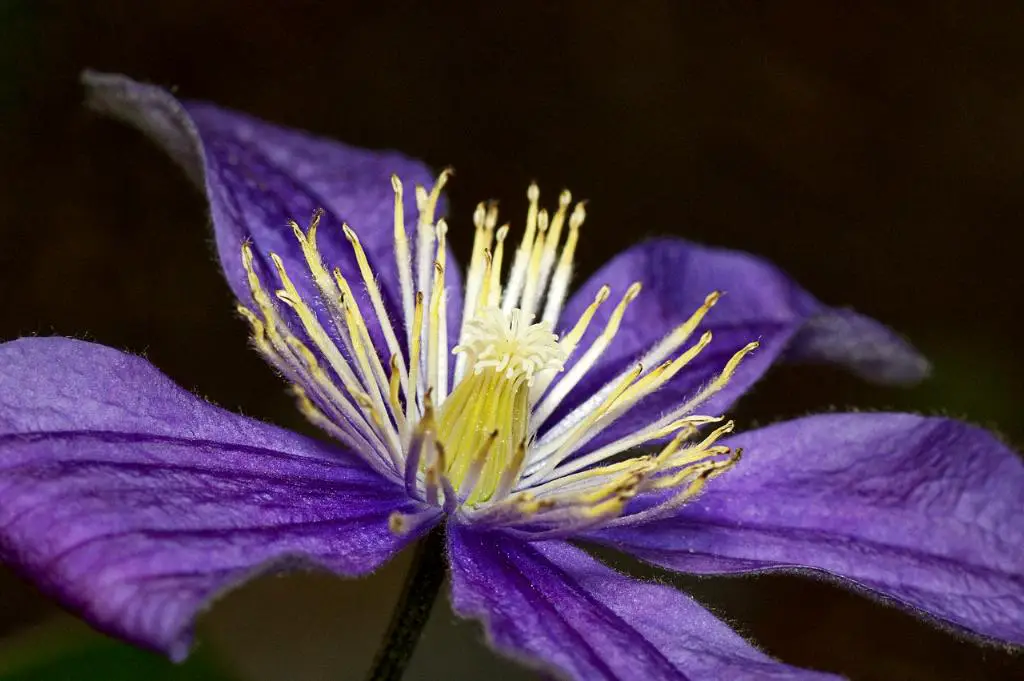Clematis plants are prized for their beautiful and colorful blooms, which can add a touch of elegance to any garden. However, if you find yourself asking, “Why isn’t my clematis blooming?” you’re not alone. There are several reasons why your clematis may not be producing flowers, from improper growing conditions to common mistakes in care.
Understanding the Blooming Cycle of Clematis
Before delving into why your clematis isn’t blooming, it’s crucial to understand the blooming cycle of these plants. Clematis typically bloom in different seasons, depending on the variety. Some bloom in spring, while others bloom in summer or fall. Knowing the blooming period of your clematis can help you determine if it’s just a matter of waiting for the right time.
Factors Affecting Clematis Bloom
Several factors can impact the blooming of clematis plants. One of the most common issues is unsuitable growing conditions. Clematis thrive in moisture-retentive yet well-drained soil. If your soil is too dry or waterlogged, it can hinder blooming. Additionally, lack of sunlight, improper pruning, and nutrient deficiencies can also affect flower production.
Tips for Encouraging Blooms on Clematis Plants
If you’re wondering why your clematis isn’t blooming, there are ways to encourage flower production. Providing the right growing conditions, such as well-draining soil and adequate sunlight, is essential. Proper pruning, fertilizing, and watering can also help promote blooms on your clematis plants.
Common Mistakes to Avoid When Growing Clematis
Many gardeners make mistakes that can prevent clematis from blooming. Some common errors include planting clematis too deeply, pruning at the wrong time, over-fertilizing, and neglecting pest and disease control. Being aware of these pitfalls can help you avoid them and ensure your clematis thrives and blooms beautifully.
Troubleshooting Non-Blooming Clematis Plants
If your clematis still isn’t blooming despite your best efforts, troubleshooting the issue is crucial. Inspecting the growing conditions, checking for pests and diseases, and assessing pruning practices can help identify the root cause of the problem. Once you pinpoint the issue, you can take corrective measures to encourage blooming.
Conclusion: Ensuring Blooms on Your Clematis
In conclusion, understanding why your clematis isn’t blooming requires careful attention to growing conditions, proper care practices, and troubleshooting potential issues. By providing the right environment, avoiding common mistakes, and addressing any problems promptly, you can ensure that your clematis produces vibrant blooms and enhances the beauty of your garden.

